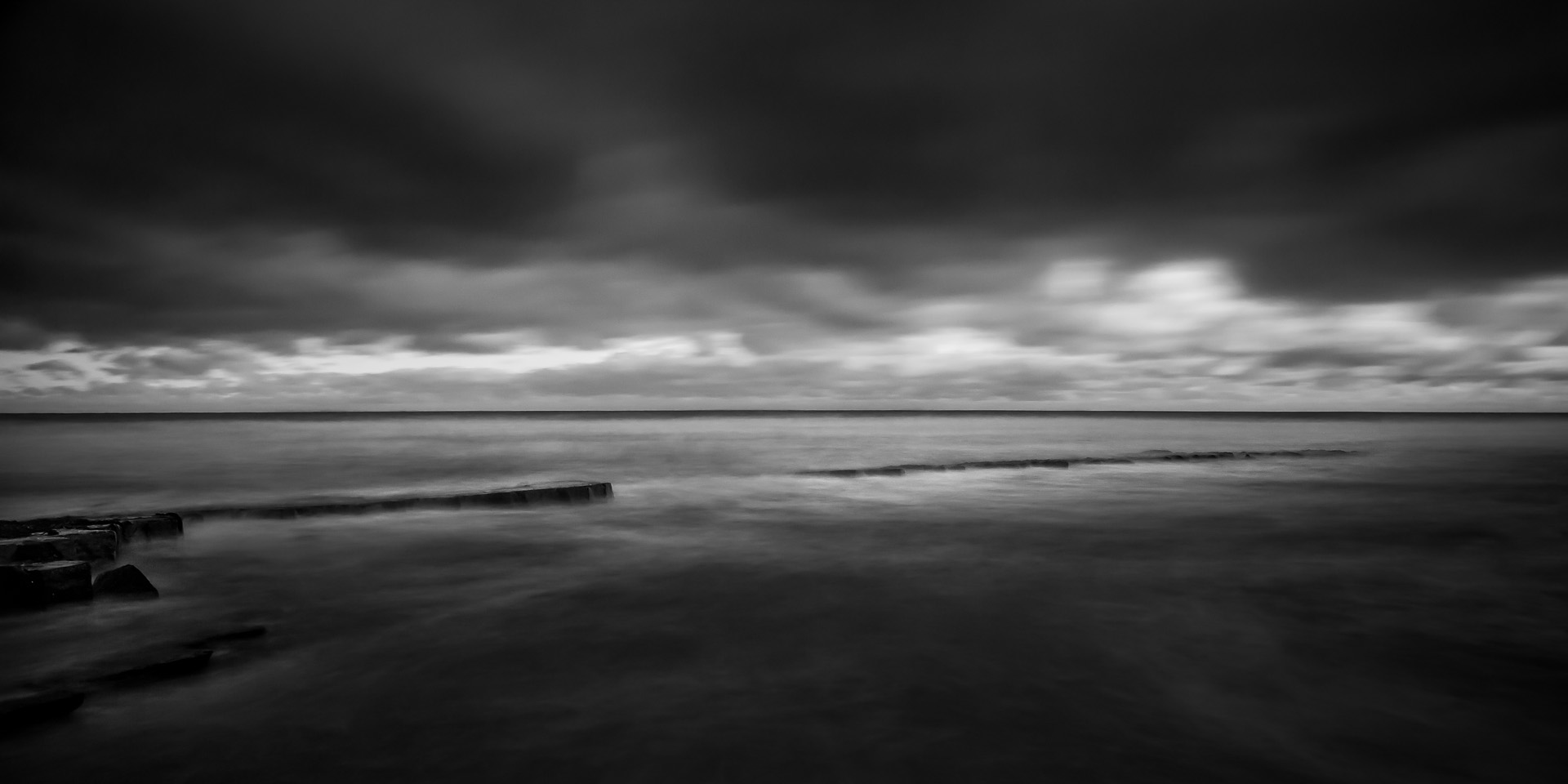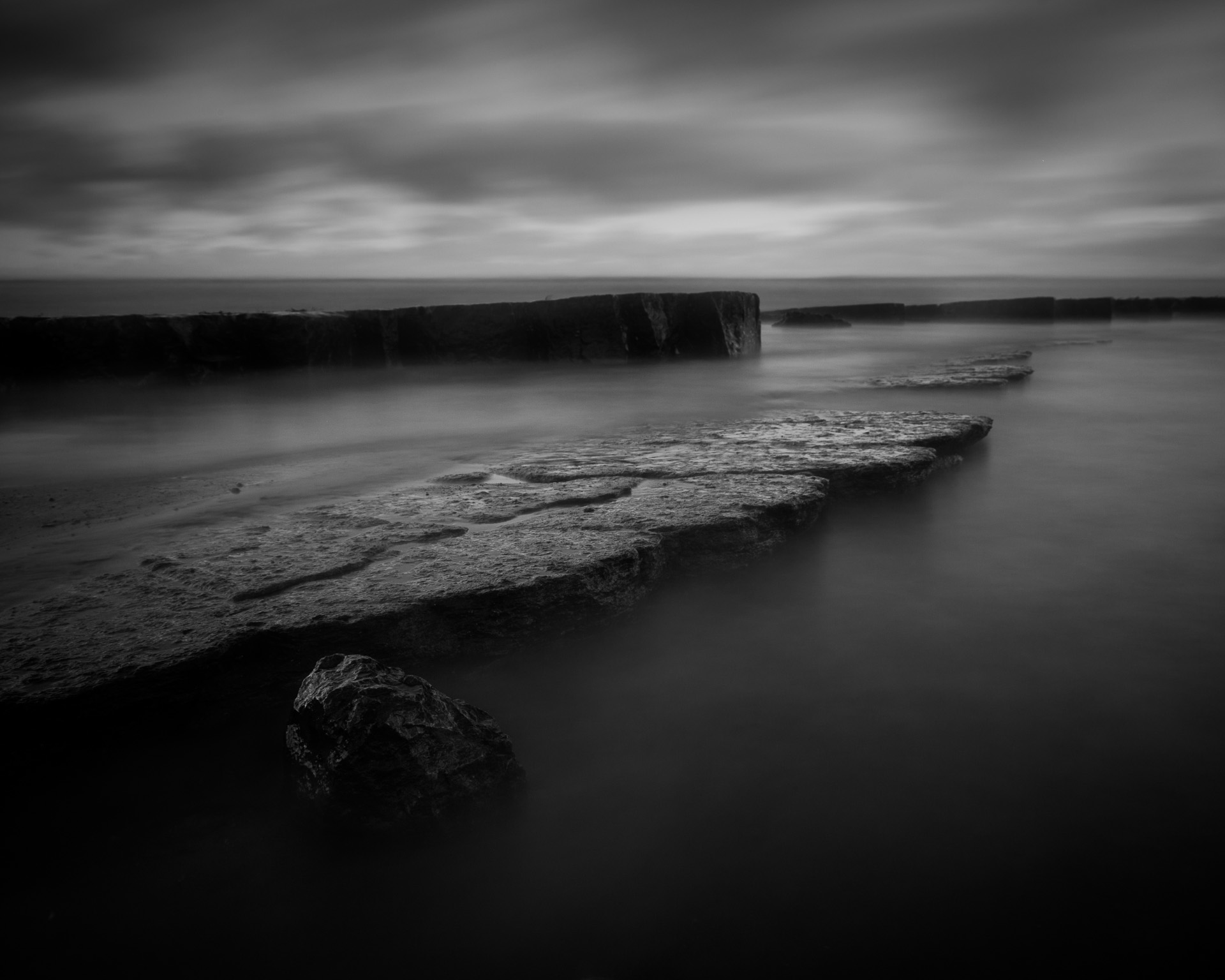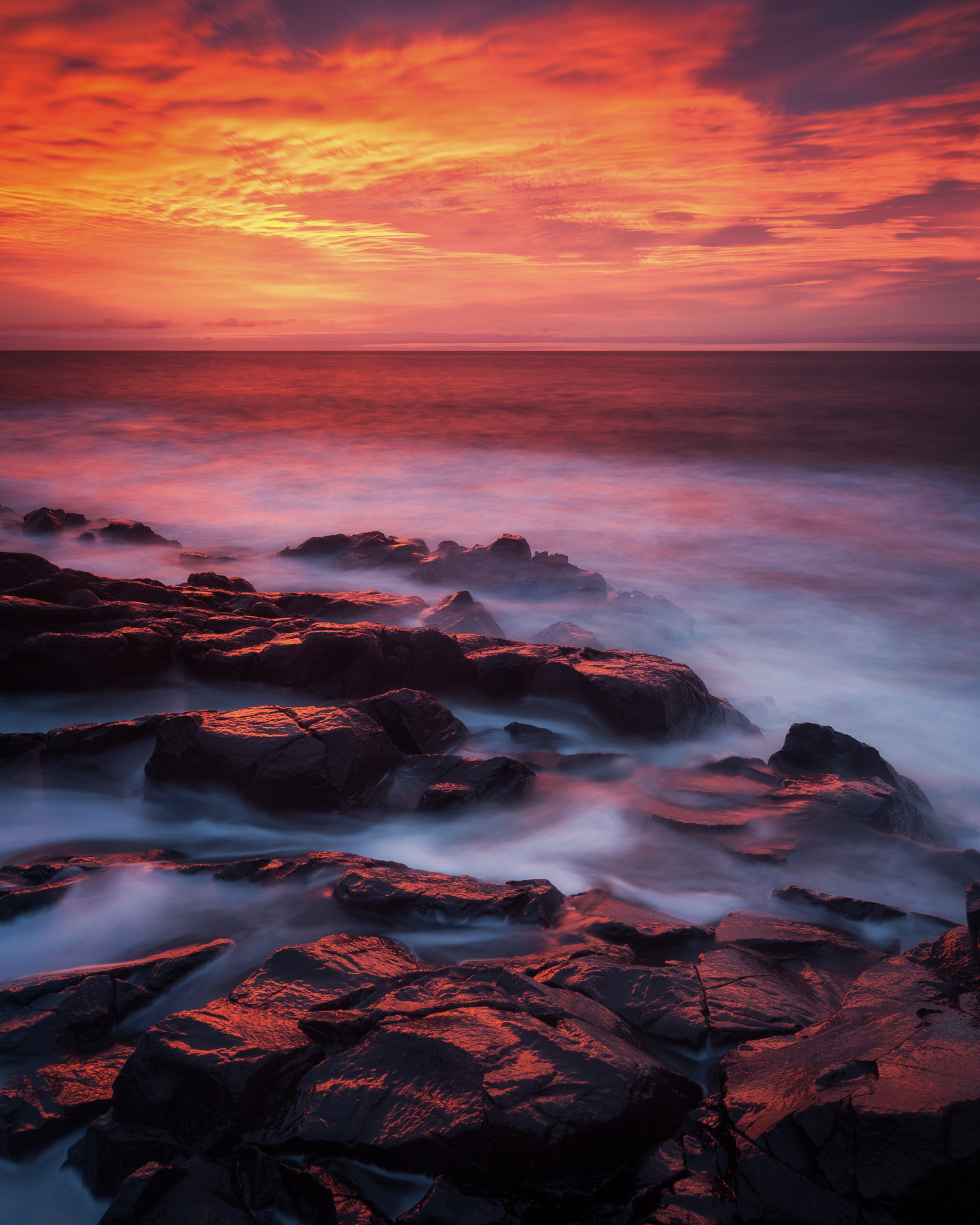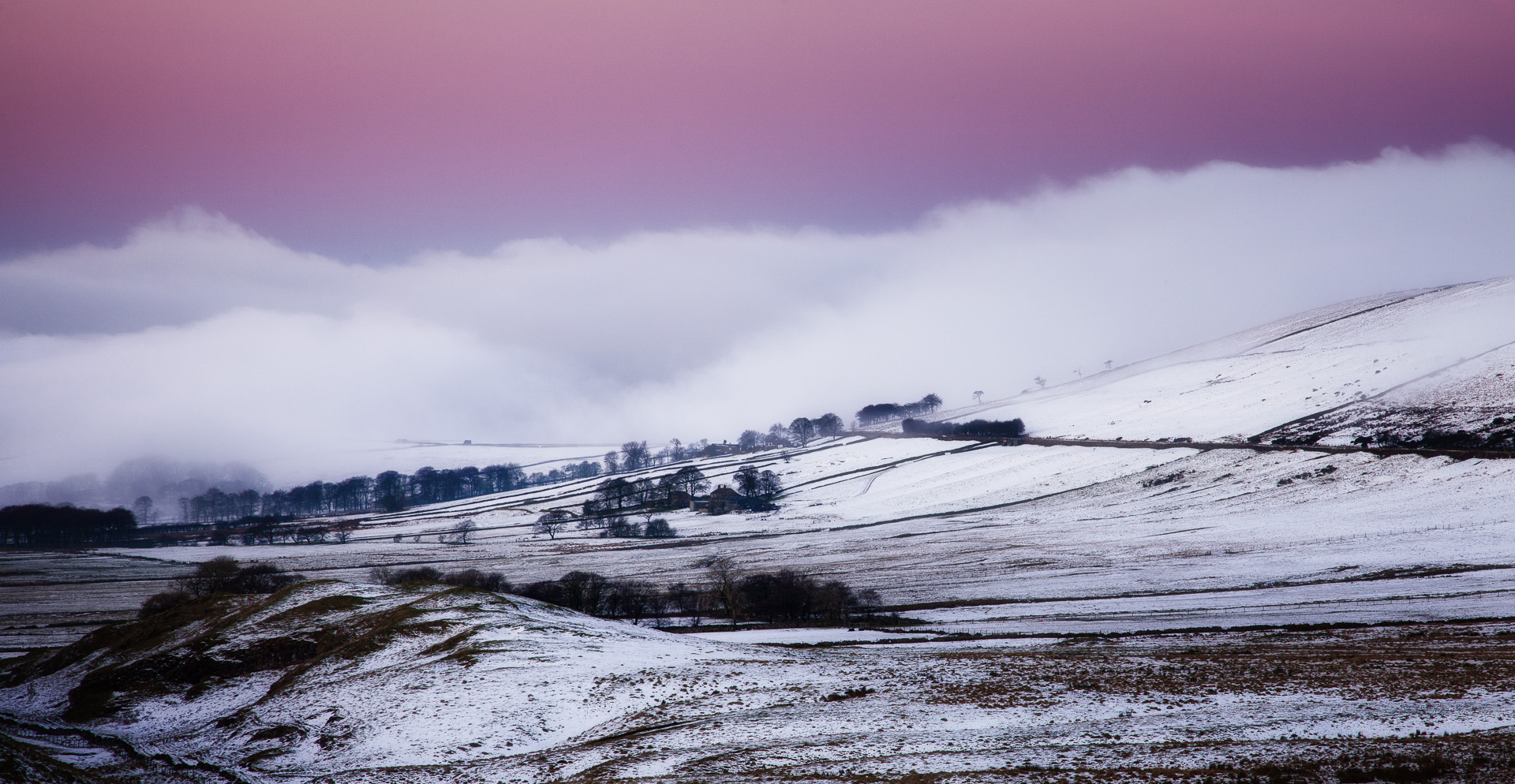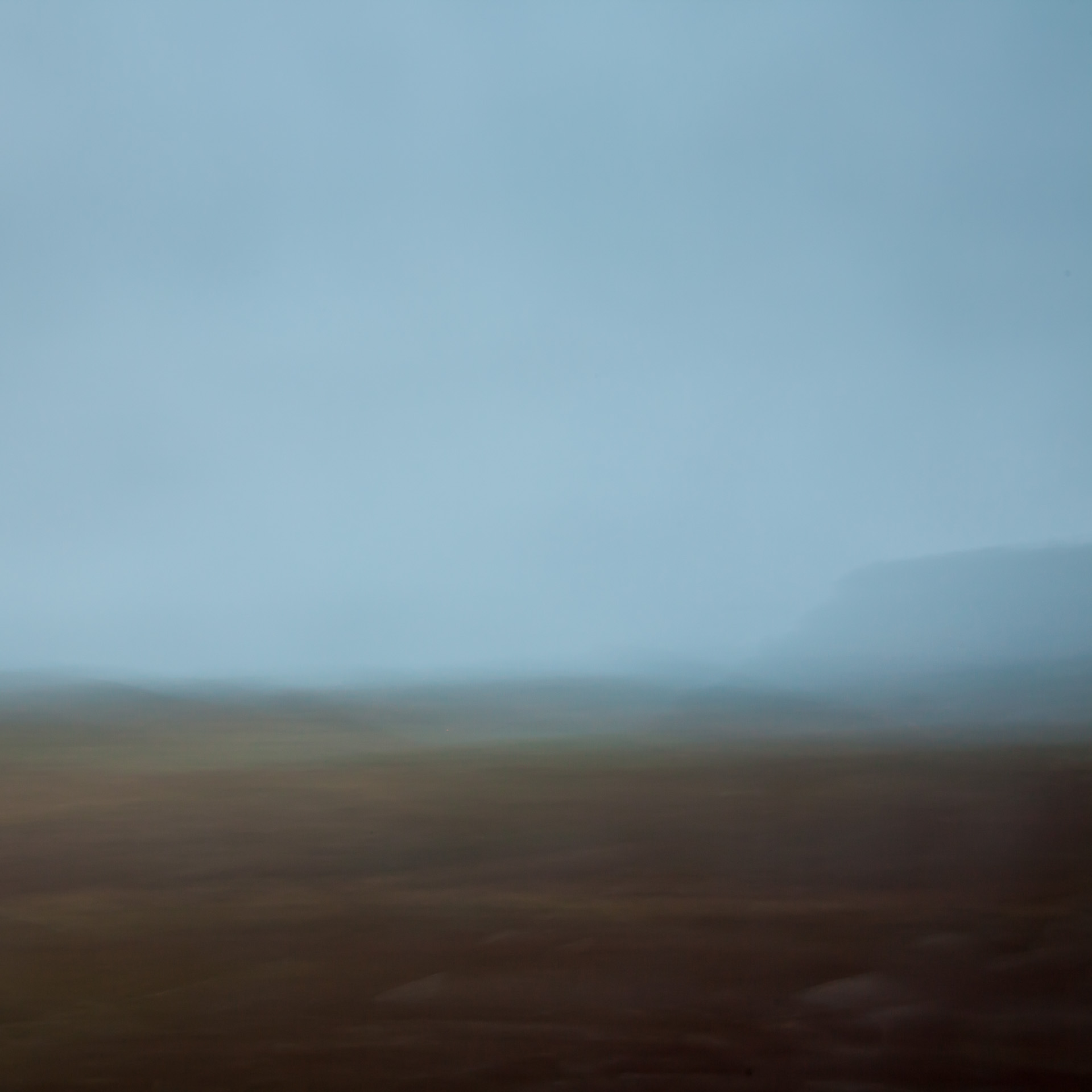My last post shared the disappointment I felt following my weekend in Northumberland.
On second (third, fourth,...) study the images aren’t that bad. I was hoping for something more – more...different – but there are at least a couple of images there that I’m quite happy with. 2 images in a weekend’s not a bad hit rate to be honest.
Although not quite what I was after they’ve definitely grown on me – and I didn’t dislike them in the first place. An interesting thing for me to ponder further is if I didn't like them at first, but I like them now, how then can they be a realisation of my original vision? Some thoughts on that and quite what this "Vision" thing is in a future post I think.
Anyway after some reflection, one or two chats, and looking at the images again, I think I’ve learned a few lessons (and relearned a couple) that I thought were worth sharing. Most of them are about our own expectations.
1. Approach Trumps Location
I had hoped that a different location would get the creative juices flowing. However approaching that location in the same way with the same mindset won't lead to original images, just similar images of a different place.
At the end of the day I was still planning on shooting rocks, with some long exposure sky and sea. They might be different rocks and even geologically interesting rocks, but they were still going to be rocks in a "milky" sea. The location was irrelevant really.
Approach appears to be the biggest factor in making original images. After all original images can still be made in well known locations.
2. Clear Your Mind of Expectation
I didn't really find the "geologically interesting rocks in the surf" combination that I was looking for and was quite disappointed. Aside from that I had headlands and other rock stratas invading my frame where I wanted a clear, minimalist sea.
I had built an expectation that was quite different to the reality I found on location. This expectation can be a real creativity killer.
Sometimes you can spend all of your time looking for and trying to make as certain shot, yet you miss other likely better opportunities. Who knows, perhaps those headlands and rock stratas I was so busy trying to get out of frame were the image.
An expectant mind isn't an open mind. We put pressure on ourselves to make images, perhaps even images that aren't even there, rather than just going with the flow.
3. Stop Trying So Hard
If I’m struggling to make sense of things or things aren’t going the way I expect, I find myself trying harder to make them work, and often working too fast and loose in my eagerness to get something. The result is often something forced and visually jarring. The struggle to make the image is transmitted by the image itself.
I find I need to work more intuitively and if things aren’t coming easily then it’s normally a sign to move on, and perhaps to try something different. I don’t mean easy in the sense that actually making an image is or should be easy. Rather that for me the process of image making needs to be a subconscious free flowing one, feeling my way to the image rather than wrestling with what’s in front of me.
4. Learn to Spot and Deal with Frustration
My usual reaction after some disappointing results is to go out and take more pictures. If I'm not able to I get can really frustrated! “You’re only as good as your last shot” and I want to go out and prove myself all over again.
But in that state of mind I’ll be forcing things, willing things to fall into place and setting myself the expectation that I’ll get something I’m happy with. Not good.
I think I’m better giving it a little time, going out as the opportunity arises. Perhaps more importantly I need to stop worrying about it. That feeling of being on a bad run hurts but a clear head and an open mind are required to make better images. They will come if I don’t panic and trust myself. Maybe even take a wee break doing something else to forget all about it.
5. Don't Worry About What Other People Think
Whilst constructive feedback and even praise from others is welcome, this shouldn't be the intention of image making. I think it stifles us and leads to unoriginal and shallow images.
In the field it's better to clear my head, block out others' voices and follow my instinct. There’s a time to worry about what others think and that’s definitely not at the point of image making.
6. Don’t Worry About the Results
Whilst in the field I can spend a lot of time looking at the image review on the LCD. Normally I'm checking for good things - histogram, compositional refinements - but I'm also looking for that 'wow' moment where I got the shot.
It has to be said the LCD can be very flattering to our images! Often I see what I think are amazing shots but I take them home and just go "huh?!".
To me checking and worrying about those results, looking for reassurance on the back of the camera is a bad habit. If I think the results are looking good I may be inclined to think that I've got "what I came for" and pack up prematurely.
Conversely if things aren't looking so good I can feel the pressure mounting, the need to get "something, anything!". Either reaction to this constant progress reviewing is damaging I think.
The problem isn't checking the LCD, and yes I should check it from time to time and use the feedback constructively. Rather it's a reliance on the LCD as the barometer of success and feeling anxious until an image leaps off the screen. I think it's better to not worry, stay in the moment and keep working intuitively.
7. Familiarity Helps
As I said above going to a different location is no guarantee of getting something good or different. It’s still possible to shoot clichés in a new location. Instead I think familiarity helps in a lot of ways.
For one, regular visits can mean that I work the “more obvious” shots out of my system. This frees my mind to explore somewhere more creatively. I know certain places where I can say to myself “I have that shot, now what else can I find”.
I think many of us are looking for some form of familiarity, looking for reassurance that there's potential and that we're not wasting our time. I think this is why honey-pot locations exist - people are familiar with other images and the potential to make their own (or mimic).
Even for a fresh location repeated visits let us get under the skin of a place - see it in different light, weather and seasons, and perhaps appreciate it completely differently. Without at least some familiarity we’re trusting to luck that the landscape will bear its riches to us immediately (which some places do more readily than others).
Of all the lessons this is the one that I feel strongest about. I want to feel like an explorer, but I also want to feel like the land is an old friend. So I'm going to find and keep returning to those locations I can call my own and spend time understanding them better.
8. Let Your Images Breathe
I always feel the urge to race home, check my images and share them with the world. Again I think this is me looking for reassurance, external validation, that my endeavours were not in vain and that I've still “got it”. It goes back to worrying about results.
I think that I review images much too soon after shooting. On occasions where I give them time I appreciate them a lot more. Of course it's not the images I'm giving time, it's me! Time to forget - about the expectations, the emotions, the excitement - so that I can see the images for what they are.
I’m going to make a conscious effort to delay and then slow my image reviews down.
9. Actually “Look” at the Images
My image review process goes a lot like this "junk - junk - junk - maybe…no - junk - junk - ooh, I like!", quickly racing through the images looking for the ones that stand out. Indeed I'll normally remember those images I have hopes for when I shot them and jump to those quickly, perhaps not even looking at most of the others.
But each of those hundreds and thousands of images has its own story to tell and its own lesson for us. “I shot too many”, “I was trusting to luck”, “bad light”, “focus was off”, “composition is unbalanced”, “my exposures we’re all over the place”, “I've got a bunch of the inside of my bag because I didn't switch the camera off”, etc, etc.
I think really looking at these failed images and consciously noting why things didn't work will help me to make stronger images in the future. “Learn from your mistakes” as they say. This can be very difficult to do objectively and again highlights the importance of letting time pass to let go of the associated emotions.
I've decided that when I review I'm going to note 2 or 3 things that I think I need to work on on an index card. I can then glance at that as a conscious reminder before stepping out for my next shoot.
Conclusions
There you go, 9 lessons from my recent experience of disappointment. Some of these things I already knew, but I've taken some time to consciously think about them. In the past I would probably have just got back on the bike and started shooting until something clicked.
But I've found it very interesting and helpful to sit down and reflect on the above points to actually learn some lessons that will hopefully make my photography stronger in the future.
It may read as though I'm beating myself up - and to be honest I've made some points more strongly to get them across - but I genuinely think this a good, positive experience.
One of the things I love about photography is that it presents the ultimate puzzle - how to turn this big complicated world into a meaningful and emotive photograph.
But more so I think the puzzle and challenge is with understanding ourselves. I really enjoy the questioning of myself that photography brings out and the better understanding that follows.


